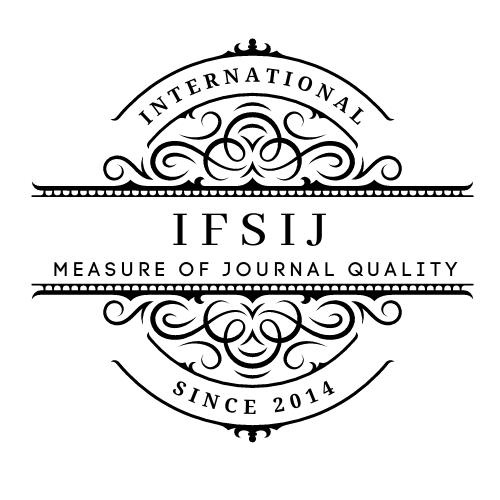THE ROLE OF CONNECTIVE TISSUE DYSPLASIA IN UTERINE SCAR INSUFFICIENCY AFTER CESAREAN SECTION
Keywords:
connective tissue dysplasia, uterine scar insufficiency, cesarean section, collagen metabolism, wound healing, maternal morbidityAbstract
This review explores the key role of connective tissue dysplasia in the development of uterine scar defects after cesarean section. Abnormal collagen synthesis and extracellular matrix disruption impair wound healing, increasing the risk of scar dehiscence and rupture, especially in patients with hereditary connective tissue disorders. Molecular factors such as imbalanced collagen types and altered enzyme activity contribute to poor tissue repair. Improved diagnostics using biomarkers, imaging, and genetic screening help identify high-risk individuals. Current management highlights multidisciplinary care, preconception counseling, and personalized delivery planning. This synthesis supports better clinical decisions and improved outcomes.
Downloads
Published
Issue
Section
License

This work is licensed under a Creative Commons Attribution-NonCommercial-NoDerivatives 4.0 International License.















